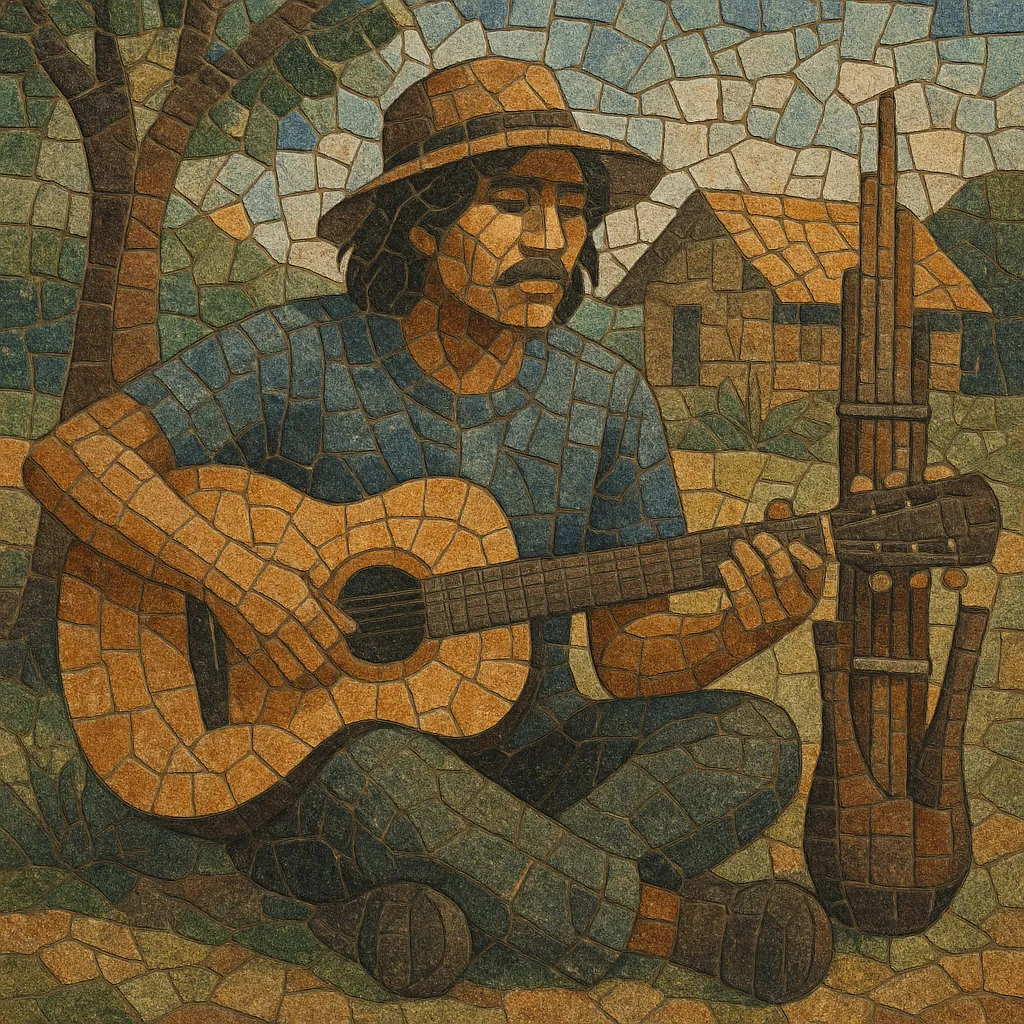Phleng phuea chiwit, literally "songs for life," is a Thai folk-rock and protest-music tradition that blends Western singer-songwriter and rock idioms with Thai folk forms. It emerged around student and workers' movements in the 1970s and became a vehicle for social critique, storytelling, and cultural pride.
Musically, it combines acoustic guitars and band-based rock arrangements with Thai instruments and melodic contours drawn from luk thung, luk krung, and mor lam. Lyrically, it is narrative and topical, addressing rural hardship, labor rights, democracy, and everyday struggles, often with poetic language and memorable choruses meant for communal singing.
Phleng phuea chiwit arose in Thailand in the 1970s amid intense political ferment, student protests, and rising labor consciousness. Drawing inspiration from Western protest folk (e.g., the Bob Dylan and Joan Baez tradition) and from Thai folk idioms such as luk thung, luk krung, and mor lam, early acts like Caravan articulated the hopes and grievances of rural and working-class Thais. Acoustic guitars, simple chord cycles, and unvarnished vocals carried direct, socially engaged lyrics.
In the 1980s, bands like Carabao pushed the sound toward fuller rock instrumentation, incorporating electric guitars, drums, bass, and Thai flutes, while retaining narrative protest lyrics. Their anthemic choruses and concert culture helped the style reach mass audiences, turning "songs for life" into a nationwide movement. This period codified the genre’s fusion of folk storytelling, rock energy, and Thai melodic sensibility.
Artists such as Pongsit Kamphee and Pongthep Kradonchamnan emphasized intimate singer‑songwriter storytelling, while others integrated reggae, country-rock, and Thai classical colors. The genre’s ethos—social commentary, community-minded performance, and dignity for rural lives—became a touchstone for Thai rock and indie scenes. Its influence also permeated lyrical approaches in Thai rap and alternative music.
While new pop and hip hop styles dominate the charts, phleng phuea chiwit’s aesthetic and ethical foundations endure. Young Thai rock and indie artists frequently cite its lyricism and activism as models, and classic songs for life continue to be revived at rallies, festivals, and community gatherings.


